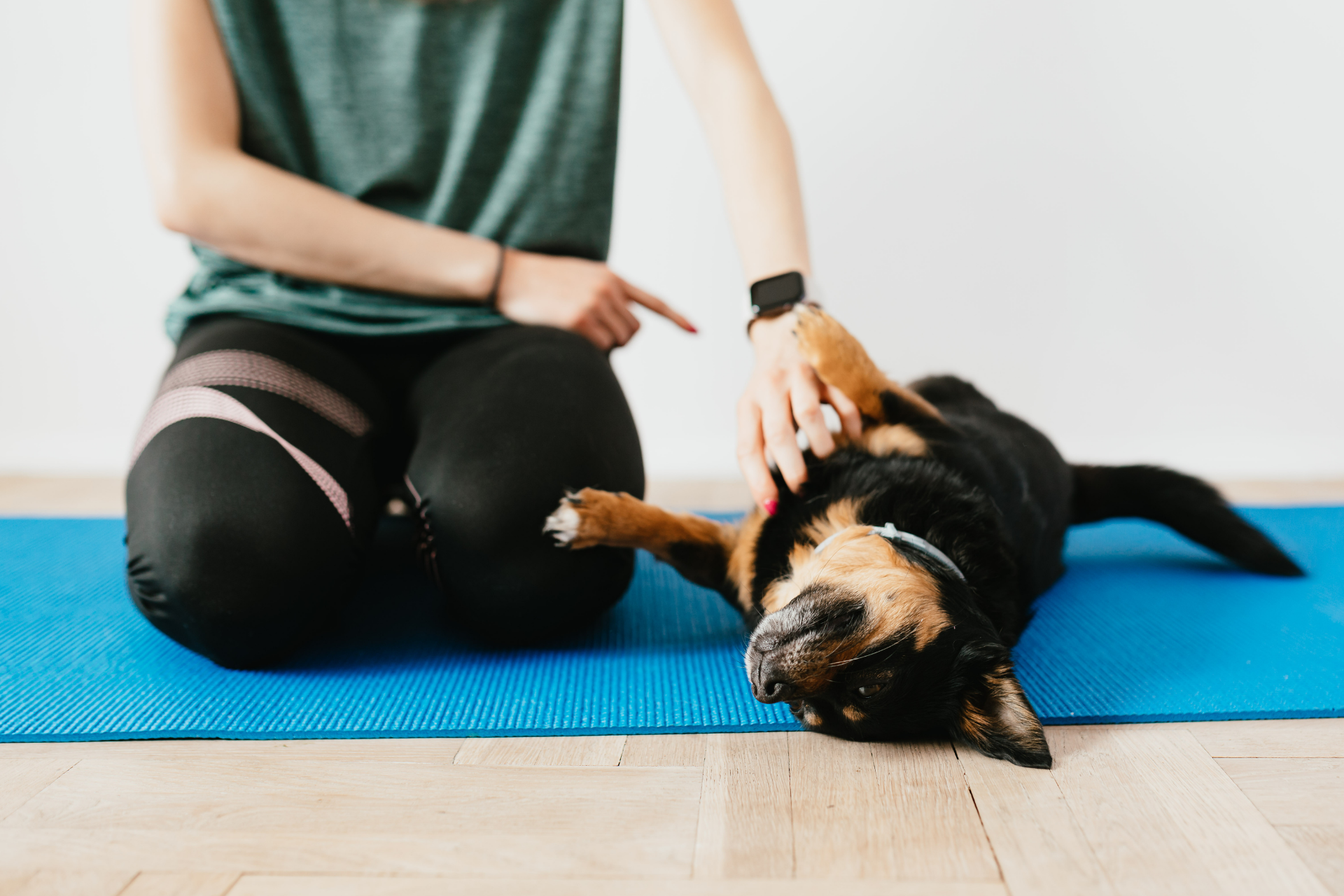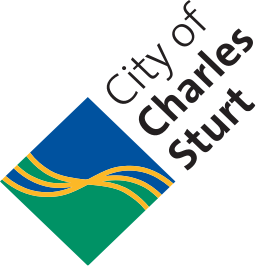The concept of training might be simple, but is it easy?
It can be!
We know that behaviour that is rewarded will be repeated. However, it can be hard to make space in our busy lives to spend quality time with our dogs, and to continue teaching them important life and social skills. It’s important to ensure that we can capitalise on the time we do spend with them.
Training with rewards is one of the best ways to ensure fast learning – animals are engaged and want to participate in their learning when there’s something in it for them! The trick is to avoid trying to block out 30min every day for training – despite our best intentions our days fill up very quickly. You’ll actually find your training to be more efficient and effective if you do ‘microwave’ sessions - very short (30 seconds to 1 minute) training sessions as often as you can during the day. These sessions are about as long as it takes to cook something in the microwave, or for the kettle to boil, or while you’re on hold on the phone.

This has heaps of benefits, because it:
- Is less daunting to find the time, if you can do it in short but frequent blocks
- Keeps your dog interested in the training and leaves them wanting more, rather than getting bored 20minutes in
- Hives your dog time between sessions to think about what they’re learning (yes! This is something they do)
- Gives you time between sessions to think about what you can do to continue to progress
- Gives your dog time to sleep between sessions which helps with memory consolidation
- Breaks up your dog’s day
- Helps to build a better relationship with you
Further, if after each session, you can play a game of tug, chasey or fetch, your dog will learn the skills more efficiently than if they do nothing after training.
You can find out more about the impact of play in training here.
Another helpful tip involves simply being aware of the behaviour that occurs before you give your dog something they want. To train good manners, we want to consistently reinforce behaviour we want to see more of - but there’s no reason the reinforcer has to be a food reward. Throughout the day, make a list of all the things you do for your dog, or that you do together, that they really enjoy and then brainstorm ways you can use those things throughout the day to reinforce desired behaviour. Your dog doesn’t need to sit for absolutely everything they want, but at the very least make sure your dog isn’t doing an undesirable behaviour before they get the reinforcer. Some common ones are:
- Waiting for four paws on the floor before letting your dog inside or outside, or paying attention to them
- Getting focus or a loose lead before unleashing them at the park (avoid rewarding an annoying behaviour like pulling on lead with a high value reward like freedom)
- Ask for a sit, hand target, trick or stay for a few seconds before throwing the ball
- Ask your dog to go to their mat before chucking them food scraps from the kitchen or table
- Ask for your ‘trick of the week’ before putting their bowls down at dinner time
Sometimes food reinforcers are the easiest to incorporate into a training plan – it’s often very easy to carry, you can reinforce a lot in a short space of time, and it’s often the way to a dog’s heart. At home and for very simple behaviours (like ‘sit’ that your dog has known for a long time) you can use your dog’s breakfast or dinner ration for training. You can use all of it, or just portion some into a ‘training’ container on the kitchen bench. And use that for your microwave training sessions.
You can also ‘capture’ behaviour that you like that your dog offers voluntarily. If your dog is lying down calmly while you’re in the kitchen or chatting on the phone, you can easily take a ‘treat’ (part of their breakfast or dinner) out of the container and reinforce for good behaviour. Any training ‘treats’ left over at the end of the day can be given in a food enrichment toy (e.g. Kong) or as part of dinner time. Behaviours that are challenging because they are difficult for your dog (think – polite greetings or coming away from play, or that occur in high distracting environments like dog training classes, the dog park or the beach) should be reinforced with your dog’s most favourite foods (like BBQ chicken, or left over roast lamb). The value of the reinforcer should match the difficulty of the behaviour to help them learn effectively.
Training isn’t necessarily about spending lots of time employing militaristic style of repetitious behaviours like sit or loose lead walking. We want our pet dogs to be valued, welcome, confident, sociable and safe members of our families and community – be aware of your house rules, be consistent, be patient and reinforce the behaviours you want to see more of. As your dog learns, the unwanted behaviours will disappear. Dogs are the biggest symbol of successful domestication – they actually want to please us (unlike undomesticated animals) and will work hard to do that, especially if there’s something in it for them!
The hard part is finding the right reinforcers for different situations, and being aware of the behaviour you’re reinforcing. The simple part is finding time to reinforce the behaviours you want to see more of.
